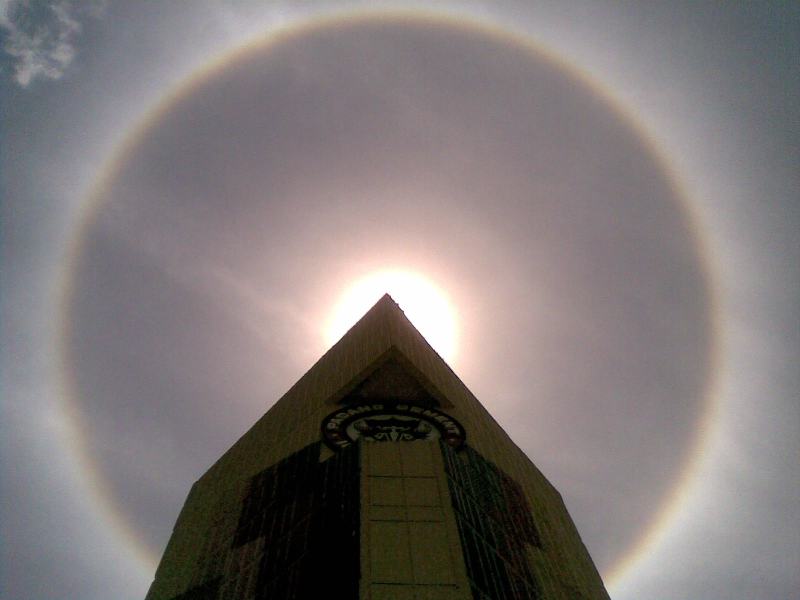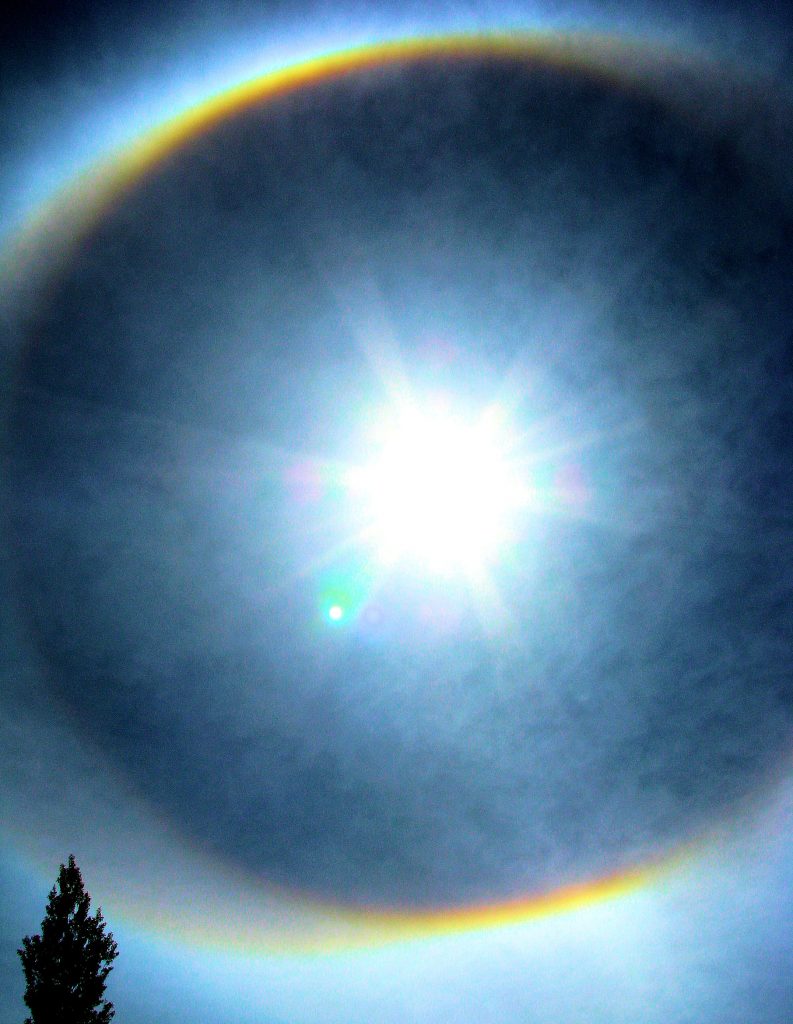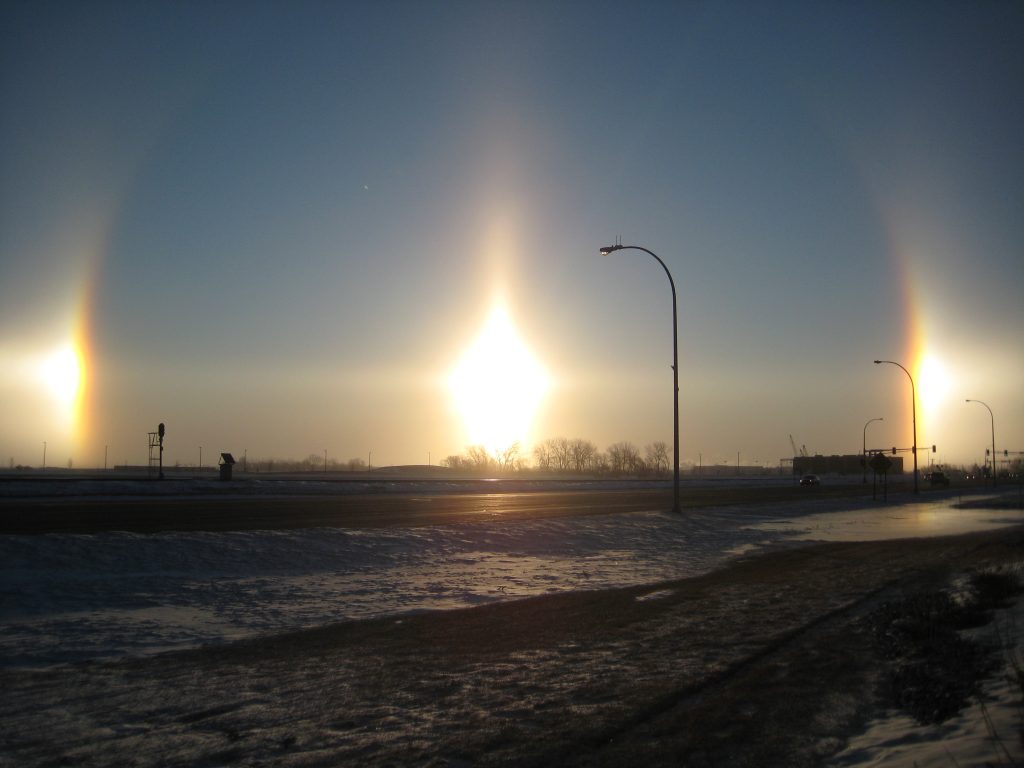Candles have been with us for thousands of years and though they’re no longer a main source of light in the household, they’ll remain with us a while longer in forms such as decorative or emergency lighting. For this reason they’re common among many time periods and settings, giving authors a lot to play with when it comes to using this humble little device.
The mood and atmosphere that candles can add to a setting is delightfully varied. Depending on the amount of light they give, how many there are, the character’s state of mind, what they leave on their surroundings(such as soot), even the smell they give off, they can range from being soothing and cozy to enhancing a scene’s already-apparent creep factor.
Take scented candles for example. Usually pretty innocuous as long as it’s a scent you don’t hate, but what if the scent is being used to mask something horrible? Your character’s perception of the scent changes as they gain more awareness of the true nature of the scene, and what started as a pleasant smell can become overwhelming, stifling, even nauseating. And if it’s a scent that the character hates or is even allergic to, scented candles are unpleasant right off the bat and then get worse as more environmental details become apparent to them.
The amount of light produced is another angle to look at. A candle that’s bright enough to give light to the whole room will have a more positive effect than one so dim as to allow deep shadows to linger and creep around the edge of the light. Again context is an important factor, as well as the size of the room that the candle is illuminating—a small room will find itself comfortably lit while a large one will have corners and walls lost in shadow. In a positive context a single candle in a large room can still be comforting though, acting as a pool of light where a character can while away the hours with reading or contemplation.
Words for Describing it
Neutral
Sources
- Candle
- Candelabra
- Flame
- Scented candle
- Taper
- Tealight
- Wick
Nouns
- Glow
- Illumination
- Light
Adjectives
- Gold
- Golden
- Orange
- Pungent (smell, if scented)
- Slight
- Strong
- Yellow
Verbs
- Color
- Flare
- Flicker
- Glow
- Illuminate
- Light
- Smoke (if tallow or recently snuffed out)
Positive
Adjectives
- Comforting
- Cozy
- Gentle
- Pleasant
- Soft
- Soothing
- Steady
- Sweet (smell, if scented)
- Warm
Verbs
- Bathe
- Brighten
- Envelop
Negative
Nouns
- Stench (smell, if scented or tallow)
Adjectives
- Ailing
- Dim
- Diminutive
- Dingy
- Dirty
- Feeble
- Frail
- Greasy (if tallow)
- Grubby
- Minuscule
- Nauseating (smell, if scented or tallow)
- Overpowering (smell, if scented or tallow)
- Sickly
- Weak
Verbs
- Gutter
- Die
- Reek (smell, if scented or tallow)
- Struggle
- Suffocate (smell, if scented or tallow)
If you like what you see, please consider supporting the site on Patreon! I would like to keep things ad-free, so any support is deeply appreciated.
Got anything you’re curious about? Let me know down in the comments or ping me on Twitter or Tumblr!



Recent Comments